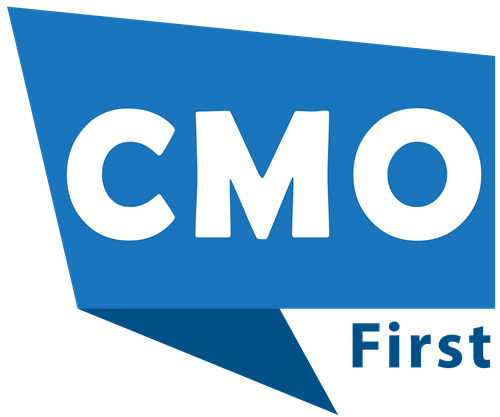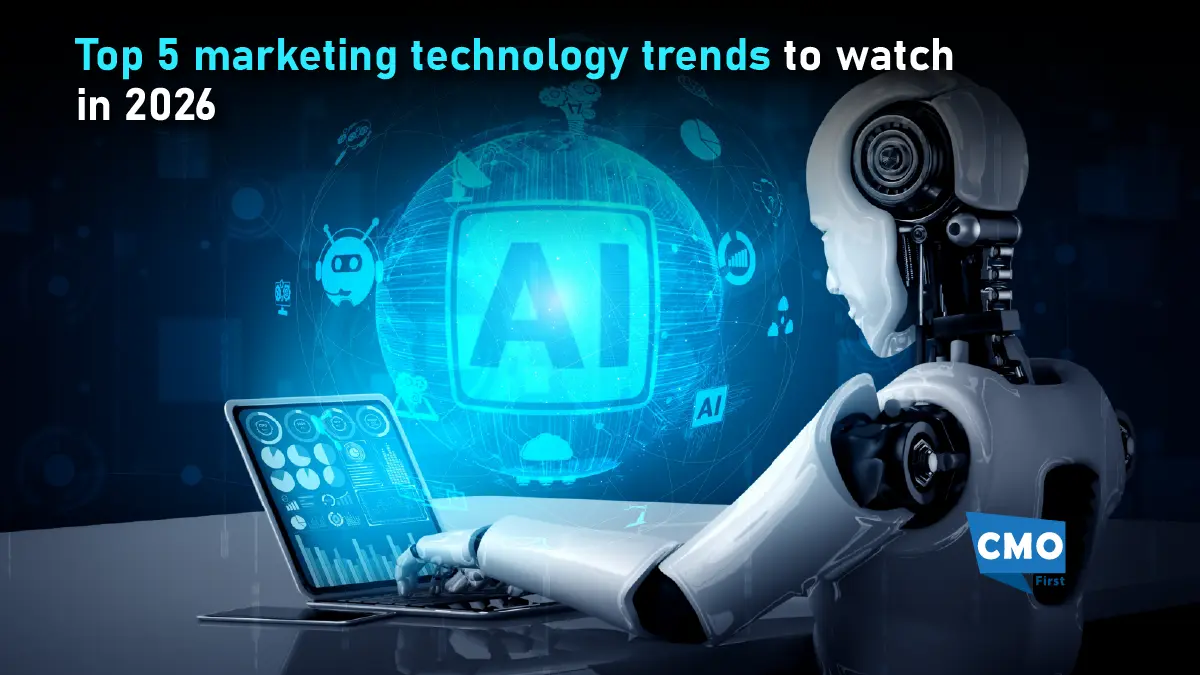The relationship between the Chief Information Officer (CIO) and the Chief Marketing Officer (CMO) has been discussed for some time, but with the recent, digitally-driven explosion of consumer data and its critical importance in driving success in the customer journey, there’s never been a more pressing need for the CIO and CMO to work together. According to industry experts, both roles are eager to align, balancing their skill sets in order to improve collaboration and achieve business transformation
When it comes to delivering the kind of digital experiences that customers expect, the CMO/CIO partnership is becoming one of the most critical C-suite relationships. However, because these roles are usually extremely distinct, teamwork can be difficult at times.
How can a transformational CIO optimize the marketing journey?
The idea of CIOs merely “keeping the lights on” is quite outdated. The role of a technology service provider is changing to that of a strategic advisor and partner to critical business operations. Every other C-level position, including the Chief Marketing Officer (CMO), Chief Financial Officer (CFO), Chief Supply Chain Officer (CSCO), and the C Suite as a whole, intersects with the CIO’s strategic role.
Since marketing activities directly involve customers and demand generation, the CIO-CMO partnership is remarkably valuable in driving company transformation. The CIO can assist the CMO in achieving the strategic mission by adopting a strategic mindset. Transparency, adaptability, reliability, and security are four attributes that should pervade operational actions, strategies, and day-to-day collaboration.
Also Read: Top B2B Marketing Pitfalls that CMOs Should Avoid for an Efficient Marketing Funnel
The critical role of technology in the CMO’s agenda
Customers are at the heart of marketing effectiveness: identifying them, understanding their demands, meeting them, and measuring their happiness. The CMO-CIO relationship has a few important factors of success, each of which connects with the four traits that enable CIO success:
Architecture of technology
Many businesses are coping with out-of-date, disjointed IT systems that need to be addressed. Although having a well-integrated technological stack is critical, adopting new platforms and tools should be done wisely and with a focus on return on investment (ROI). If the “latest and greatest” technology does not provide value to the CMO, it will most likely be a waste of money.
Success necessitates alignment between the CMO and the CIO, which needs a high level of communication and trust. For example, depending on how controls are implemented and how the implementation is configured, different technologies can offer the marketing function more (or less) functionality. Reliability is essential, but flexibility is also necessary. It’s critical to strike the correct balance between what some might consider niche implementations and excessive standardization.
The foundation of data
Data about customer attitudes and actions are now available in more locations than ever before. However, it’s a challenge to find it, collect it, and validate it. And, data security is, of course, non-negotiable.
New technologies like data lakes, meshes, and fabrics can help CMOs get the most out of these data reservoirs, no matter where they are in the company. Gone are the days when businesses had to physically relocate data from several data warehouses to get it all in one location. Modern data foundations now enable the CIO to become a valuable partner to the CMO by providing flexible solutions that enable data to be disseminated while still serving as a source of predictive analytics and insights.
Also Read: Three Crucial Ways to Develop a Sound Metaverse Marketing Plan
Prioritize cases
The correct use cases turn abstract ideas about customer behavior into concrete, actionable strategies. Unfortunately, when it comes to case identification and technology investment, CIOs are frequently overambitious.
To ensure that technology is not overbuilt in relation to marketing and organizational readiness, CMOs need to collaborate with CIOs to prioritize use cases based on what the business is genuinely ready to implement at scale. These decisions can have a direct influence on the bottom line by providing more value.























Leave a Reply